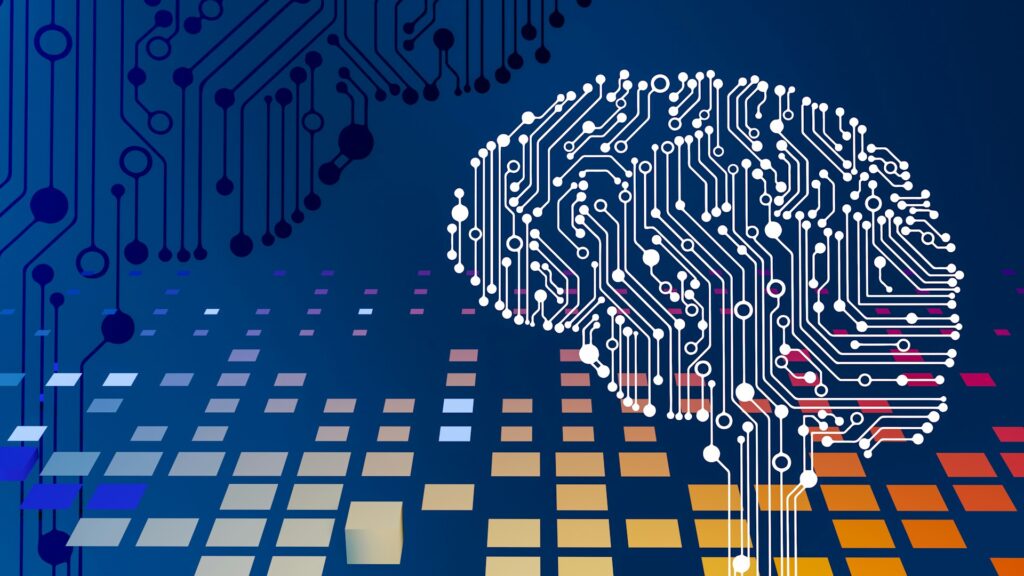On the timeline of human innovation, Artificial Intelligence (AI) stands out as a landmark marvel. AI has captured our imaginations and transformed our world in what seems like the blink of an eye. But, how long has this tech really been around? From the early musings of philosophers to the advanced algorithms shaping our daily lives, we uncover the threads that weave the rich tapestry of AI’s history.
Early explorations
The very first murmurs of artificial intelligence came in the 1950s when renowned computer scientist Alan Turing published a paper titled Computer Machinery and Intelligence. In it, Turing explored one central question; “Can machines think?”, through the prism of the ‘Turing Test’, used to determine the potential of computers to ‘think’ intelligently in a comparable way to humans.

It wasn’t until the mid-1950s that the term ‘artificial intelligence’ was coined by John McCarthy, an American computer scientist credited with bringing the technology to the masses through academic conferences. Most notably, he spearheaded a summer workshop hosted at Dartmouth in 1956. While reports suggest the event fell short of his expectations, it undoubtedly opened the conversation, with thought leaders coming to a consensus that artificial intelligence was a realistic possibility. Along with Turing’s early work on the topic, this workshop was the catalyst for forging the future of AI.
Machines ahead of their time
As our understanding developed and more research was conducted, the almost incomprehensible potential of AI came into sharper focus. One example of an early machine that integrated AI technology is ELIZA – a computer program that showcased natural language processing in one of its earliest guises. Chatbots have come a long way since Joseph Weizenbaum developed ELIZA in the mid-1960s, but the success of the program – which was one of the first to put the ‘Turing Test’ into practice – acted as a springboard for the subsequent AI revolution.

The 1980s was an important decade in shaping society’s relationship with AI. New machines and programs were constantly being developed, as businesses and scientists started to realize the vast cost-saving potential of implementing the technology. For example, XCON was an expert system that could automatically select and order computer parts for customers, saving companies millions of dollars annually.
The modern landscape
All of these major contributions have played their part in bringing artificial intelligence into the public eye, with each development making the technology more accessible to the masses. Today, billions of dollars are being spent by both corporations and governments to really push the boundaries of AI.

However, the technology isn’t perfect yet. In fact, only 54% of AI projects ever reach the production stage, while only 15% of machine learning projects are deemed successful. Despite constant setbacks, revolutionary breakthroughs are happening on such a regular basis that it’s impossible to ignore the possibilities brought about by investing in AI. Love it or hate it, it’s unquestionably going to have a key role to play in shaping the future of humanity.




